Lancashire Heeler
The Lancashire Heeler is a British dog breed used for herding and accompanying cattle to the market and keeping stables and farms rat and rodent-free. These versatile little dogs were also used for hunting rabbits, but these days, they have taken on a new role.
Lancashire Heelers are mostly active, little family companions that enjoy all that family life has to give them.
These dogs are related to the more popular Welsh Corgi, but they can be a bit more stubborn and independent, unlike them. Owners describe these dogs as:
- Confident
- Playful
- Stubborn
- Intelligent
- Versatile
- Loving
- Affectionate
- Active

Height:
10-12 in (25-30 cm)

Weight:
9-17 lb (4-8 kg)

Origin:
England

Life Expectancy:
12-15 years
Dog Breed Characteristics
The Lancashire Heeler has the appearance of a small, sturdy, tireless working breed. Their head should be in good proportion with the rest of their body, and their eyes should be almond-shaped, medium-large, and dark. These dogs have a double coat that insulates them from weather conditions and can come in two color combinations; black and tan and liver and tan.
The ideal size for these dogs is 10 - 12 inches and between 9 and 17 pounds.
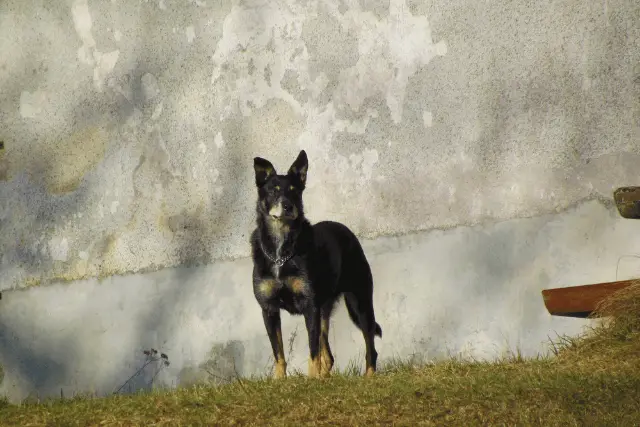
Temperament
The Lancashire Heeler is a small dog full of character. They are brave and loyal to their family but also have a tendency towards stubbornness. These lovable dogs love to get into trouble, and that trait is especially shown if their training begins too late in their life.
These dogs have a bit of Terrier heritage, and that is clearly seen in their temperament. They love escaping by climbing fences or digging under them, a typical Terrier thing. Lancashire Heelers can have a high prey drive, so be sure to monitor their behavior around other pets like guinea pigs, ferrets, or gerbils.
Training
Training a Lancashire Heeler is essential to have a well-behaved dog. They are relatively intelligent, but they need plenty of daily activities to be happy and content. These dogs don’t like being alone for too long, and they can become destructive if their daily needs are not fulfilled.
Most dog breeds do not take well harsh training methods and techniques, and this is one of those breeds. You should make training sessions exciting, and with enough patience and effort, you will start noticing great results.
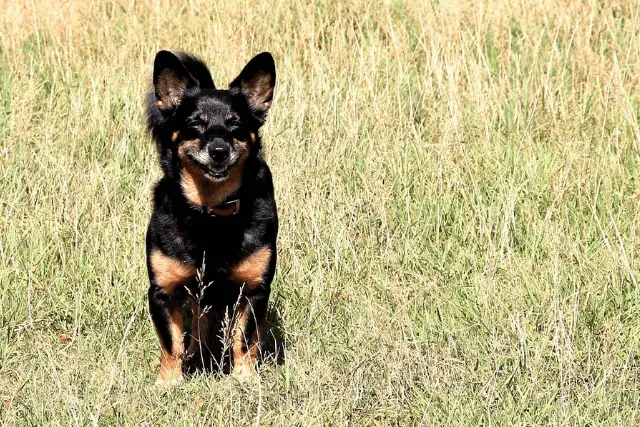
Socialization
Like any other dog breed, the Lancashire Heeler should start the socialization process as soon as possible. Dogs that are not well socialized are prone to behavioral problems and might react badly to situations they are not familiar with.
There are many ways you can socialize your dog, and the most important thing to do is to get your dog familiar with the different situations they can find themselves in. Take your dog to dog parks where they can meet other dogs and people. Socialization can even be done at home.
Dress differently; wear glasses, hats, and baggy clothes so your puppy can’t recognize you right away. Teach your puppy to stay alone for a while and not make a fuss about it.
Lancashire Heeler as a pet
These dogs can be wonderful companions as long as you provide them with plenty of activities that will enable them to spend their excess energy. The Lancashire Heeler can make a good pet but is better suited for households with escape-proof backyards.
You should feed your dog a balanced, high-quality diet that will ensure everything they need. It is vital that their diet and training are in balance because, just like humans, dogs can be overweight if their calorie intake is bigger than their activity.
Coat and Care
Luckily, the Lancashire Heeler is really easy to care for. Brushing their coat two times a week will get rid of dead hair, and it will also allow you to check their skin for any problems. They won’t benefit from often bathing, so giving them a bath every 3 - 4 months will be more than enough.
They will also need other basic care; brush their teeth at least three times a week. Check their ears for signs of infection and redness, and trim their nails if they don’t wear them down naturally.
Health problems
The Lancashire Heeler is generally considered a healthy breed, but they are prone to some health issues and concerns like any other dog breed. These dogs have an average lifespan of 12 - 15 years. Health problems associated with this breed are;
- Patellar luxation - Kneecap that moves out of its predefined place.
- Collie eye anomaly - An inherited disorder that leads to blindness and affects Collie's breeds.
- Primary lens luxation - Displacement of the lens.
- Persistent pupillary membranes - A disorder that involves the remnants of a fetal membrane well into adulthood.
Breeders
If you decide that this is the right dog for you, now it's time to find a good and responsible Lancashire Heeler breeder. Buying a dog from such a breeder will provide you with a healthy puppy who will not have health and temperament problems.
These dogs are relatively rare, so be prepared to wait for your puppy and take time researching reputable Lancashire Heeler breeders.
World Dog Finder team

Updated at31.08.2023.
Breed History
This breed’s exact history is somewhat unknown, but canine historians mainly agree with their theory regarding these dogs. It is believed that a version of Welsh Corgi was used for herding in the northwest of England, and it was crossbred with the Manchester Terrier.
In their native region, the Lancashire Heeler has been known and used as a versatile farm dog for over 150 years. The most noticeable breeder was a woman by the name of Gwen Mackintosh. She started breeding them in the 1960s and formed the breeding Club that is responsible for the registration of the breed in The Kennel Club.
Today, the numbers of these lovely little dogs are declining, and it is considered a relatively rare breed with under 200 specimens registered annually.
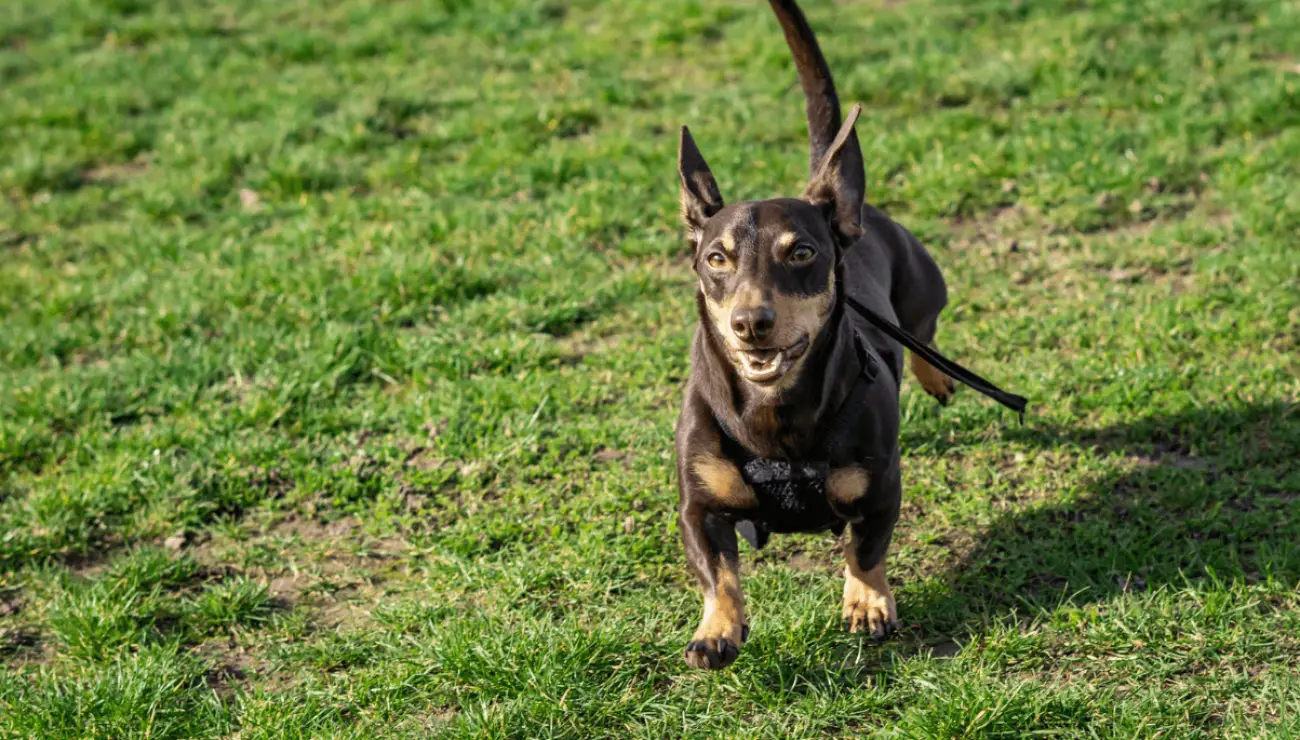
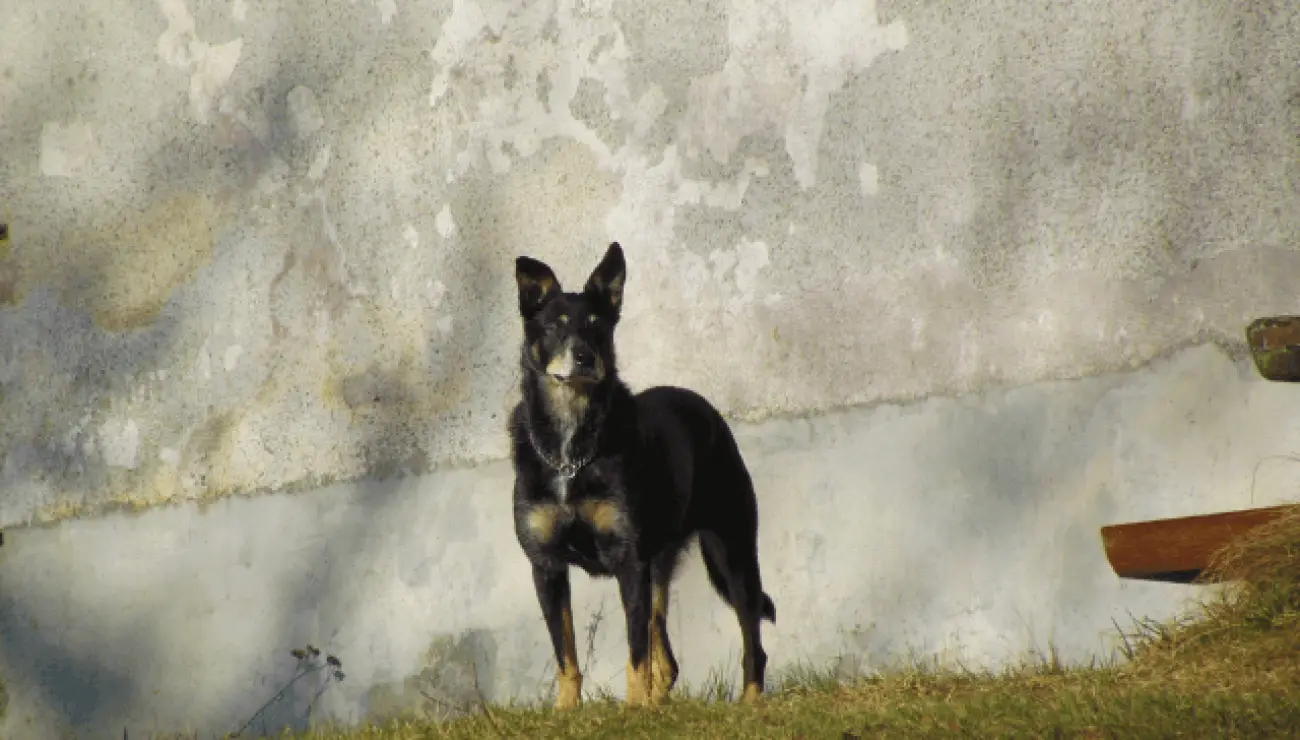
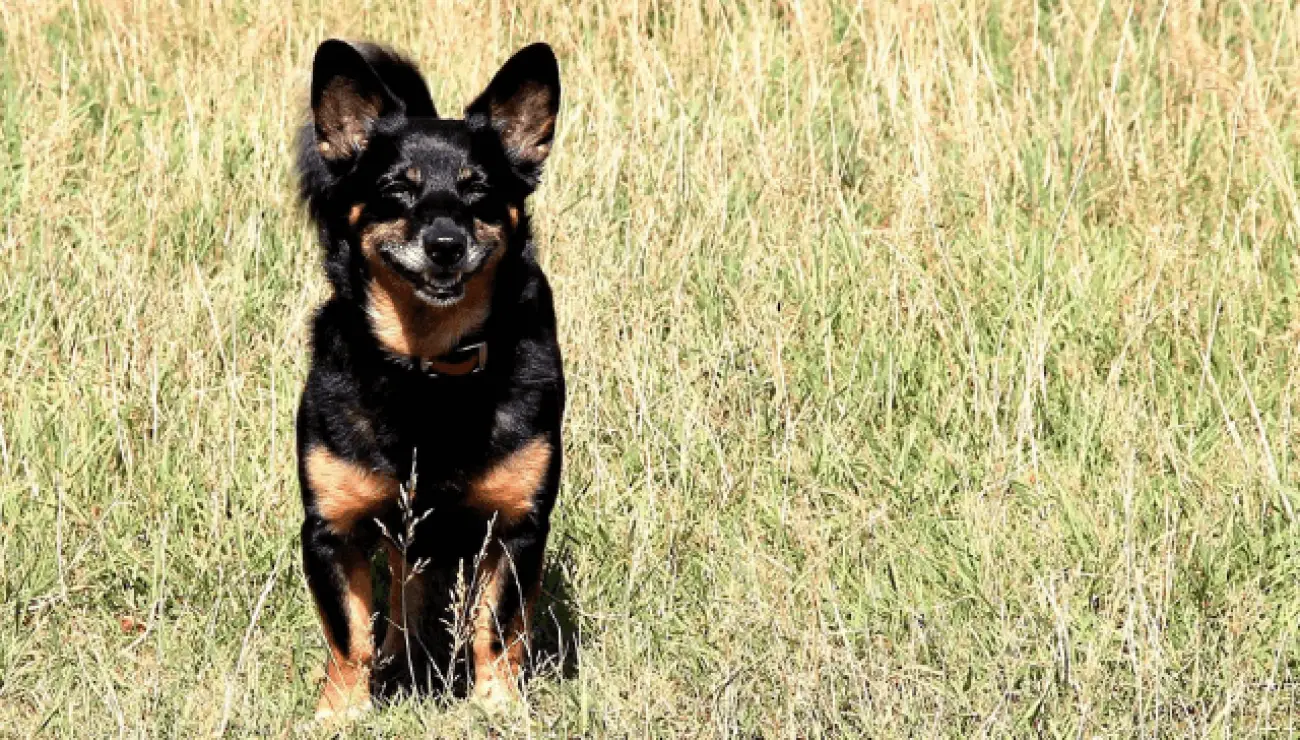
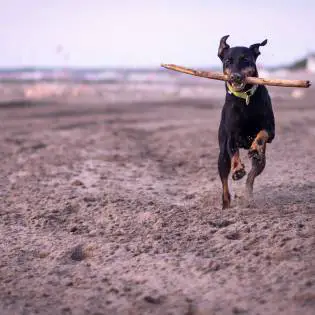
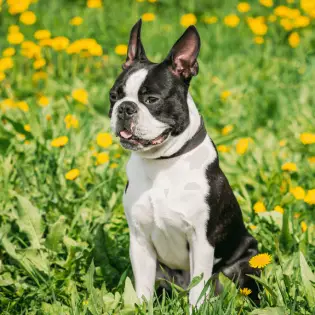



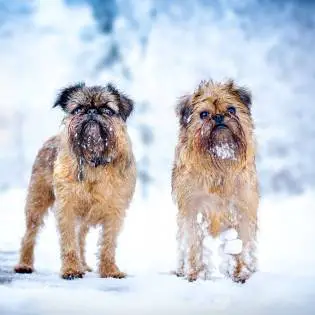
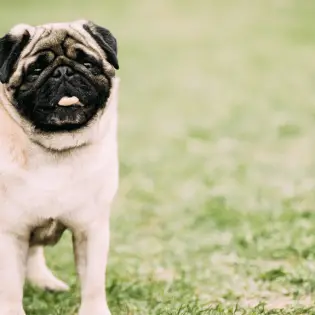
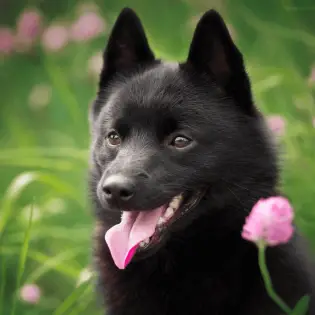
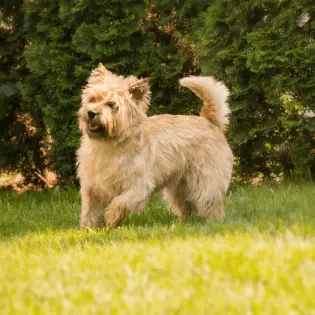


Share